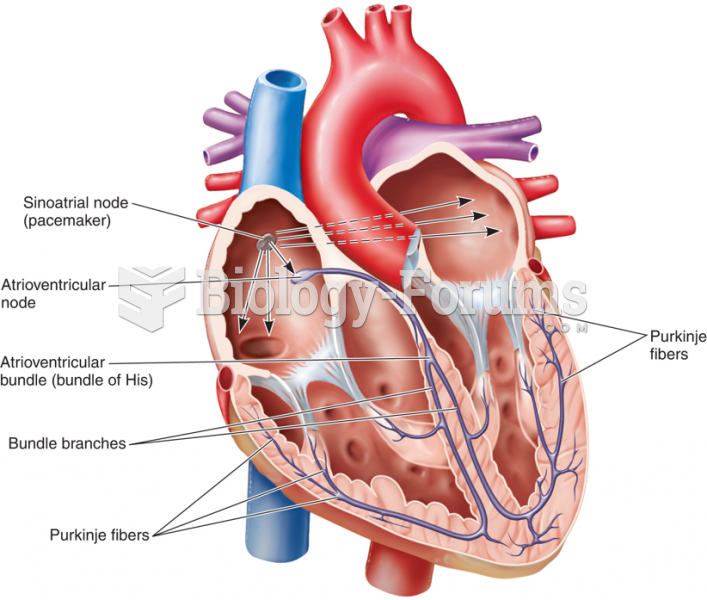This topic contains a solution. Click here to go to the answer
|
|
|
Did you know?
Human neurons are so small that they require a microscope in order to be seen. However, some neurons can be up to 3 feet long, such as those that extend from the spinal cord to the toes.
Did you know?
The average adult has about 21 square feet of skin.
Did you know?
By definition, when a medication is administered intravenously, its bioavailability is 100%.
Did you know?
Congestive heart failure is a serious disorder that carries a reduced life expectancy. Heart failure is usually a chronic illness, and it may worsen with infection or other physical stressors.
Did you know?
About 100 new prescription or over-the-counter drugs come into the U.S. market every year.







